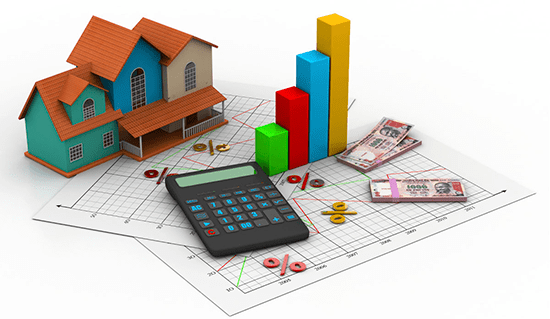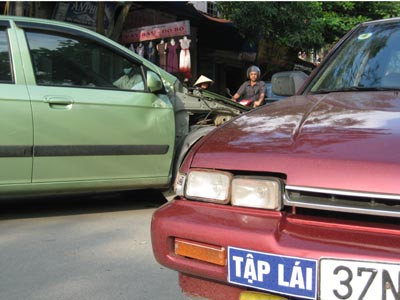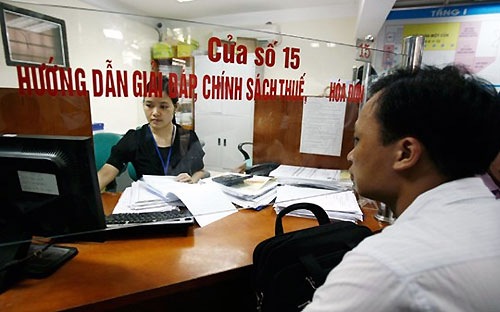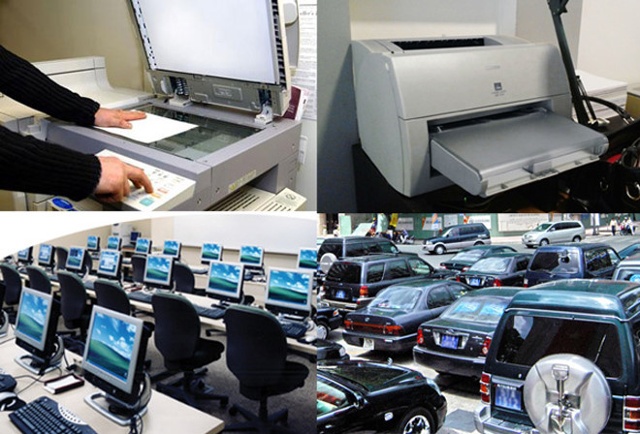What is depreciation of fixed assets? What are the principle of depreciation of fixed assets in Vietnam- Ngoc Ngoan (Long An, Vietnam)

Principle of depreciation of fixed assets in Vietnam (Internet image)
1. What is depreciation of fixed assets?
According to Clause 9, Article 2 of Circular 45/2013/TT-BTC, depreciation of fixed assets means the calculation and allocation of primary price of fixed assets in production and business costs systematically during the time depreciation of fixed assets.
2. Principle of depreciation of fixed assets in Vietnam
Principles of depreciation of fixed assets in Vietnam according to Article 9 of Circular 45/2013/TT-BTC (amended in Circular 147/2016/TT-BTC and Decision 1173/QD-BTC dated 21/5/2013) as follows: after:
(1) All of the enterprise’s current fixed assets must be depreciated excluding the following fixed assets:
- Fixed assets have been fully depreciated but are still used in production and business activities.
- Fixed assets are lost during depreciation.
- Other fixed assets managed but not owned by enterprise.
- Fixed assets are not managed, monitored and recorded in the enterprise’s accounting books.
- Fixed assets are used in welfare activities to serve the enterprise’s employees (excluding the fixed assets to serve employees working at enterprises such as mid-shift rest house, shift, mid-shift canteen, dressing house, toilet, clean water tank, garage, medical room or station for health examination, the employee shuttle bus, training facilities, vocational training and housing for employees built by enterprise).
- Fixed assets from the non-refundable aid after the competent agencies have handed them over to enerprises in service of their scientific research.
- Intangible fixed assets are long-term land use right with land use fee or receiving the legal long-term land use right.
- Type 6 fixed assets specified in Clause 2 Article 1 of Circular 45/2013/TT-BTC are not subject to depreciation. Only annual monitoring book for each property shall be formulated and the investment in such assets shall not be recorded as a decrease.
(2) The depreciation of fixed assets included in the rational costs when calculating the Enterprise Income Tax shall comply with the provisions in the legal documents on enterprise income tax
(3) In case the fixed assets used in welfare activities to serve the enterprise’s employees specified in Clause 1, Article 9 of Circular 45/2013/TT-BTC are engaged in the production and business activities:
The enterprise shall base on the time and unitilization nature of these fixed assets to perform the depreciation in the enterprise’s business cost and notify the tax agency directly managing for monitoring and management.
(4) Fixed assets are lost or damaged during depreciation and may not be repaired or remedied. The enterprises shall determine the cause and responsibility for compensation of the organization or individual causing the loss or damage.
The difference between the Residual value of the asset with the compensation of organization or individual causing the loss or damage, the compensation of insurance agency and the value recovered (if any), the enterprises shall use the financial reserve fund for compensation.
In case the financial reserve fund is not sufficient for compensation, the enterprises may include the deficit in their rational costs when determining the enterprise income tax
(5) Enterprises leasing the operating fixed assets must depreciate the leased fixed assets.
(6) Enterprises leasing the fixed assets in the form of financial leasing (referred to as fixed assets from financial leasing) must depreciate the leased fixed assets as the fixed assets owned by enterprises under the current regulations.
In case right at the starting time of asset lease, the enterprise leasing the fixed assets from financial leasing shall commit not to repurchase the leased assets in the contract of financial leasing, the enterprise leasing may depreciate the fixed assets from financial leasing under the leasing term in the contract.
(7) In case of re-evaluation of value of fixed assets fully depreciated for capital contribution, transfer upon split, consolidation, merger, these assets shall be evaluated by professional evaluation organizations but not lower than 20% of primary price of such assets.
The time of depreciation for these assets is the time the enterprises officially take over the assets and put them into use and the time of depreciation is from 3 to 5 years. The specific time shall be decided by the enterprises but they must notify the tax authorities before implementation.
For the enterprises implementing equitization, the time of depreciation of the above fixed assets is the time the enterprises are granted the business registration certificates converted into joint stock companies.
(8) Enterprises with 100% state capital implementing the evaluation of enterprises for equitization by the method of discounted cash flow method (DCF), the increasing difference of the state capital between the actual value and the value in acounting books is not recognized as intangible assets and amortized into the production cost in the period but the time shall not exceed 10 years.
The starting time of amortization into the costs is the time the enterprises are officially converted into joint-stock companies (with business registration certificate).
(9) The depreciation or stoppage of depreciation of fixed assets is implemented from the start date (by a number of days of a month) on which the fixed assets increase or decrease.
The enterprises shall record the increase or decrease of fixed assets under current regulations on enterprise accounting system.
(10) For capital construction works completed and put into use, enterprises have recorded the increase of fixed assets by provisional price due to unrealized settlement.
Upon settlement of capital construction works completed with the difference between the provisional value and settlement value, the enterprises shall adjust the primary price of fixed assets by settlement value approved by competent authorities.
The enterprises shall not adjust the rate of depreciation deducted from the time the fixed assets completed and put into use to the time of settlement approval.
The depreciation costs after the settlement time are determined on the basis of taking the settlement value of fixed assets approved minus (-) the number depreciated the time of settlement approval of fixed assets and divided (: ) by remaining time of depreciation of fixed assets as prescribed.
(11) For fixed assets monitored, managed and depreciated by enterprises under Circular No. 203/2009/TT-BTC but now ineligible for the primary price of fixed assets in accordance with Article 3 of Circular45/2013/TT-BTC:
The residual value of these assets shall be amortized into the enterprise’s costs of business and production. The time of amortization shall not exceed three years from 10 June, 2013.
Quoc Dat
- Key word:
- depreciation of fixed assets in Vietnam
 Article table of contents
Article table of contents






.Medium.png)
.Medium.png)
.Medium.png)
.Medium.png)
